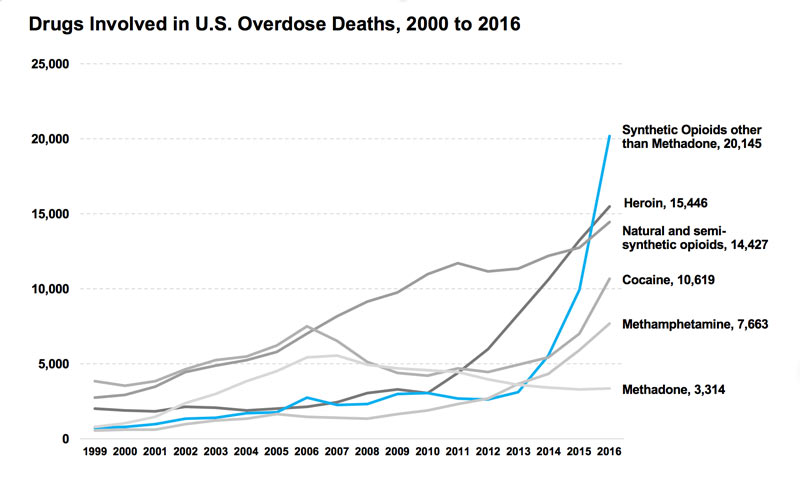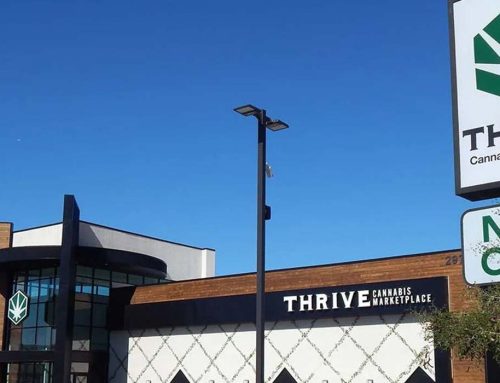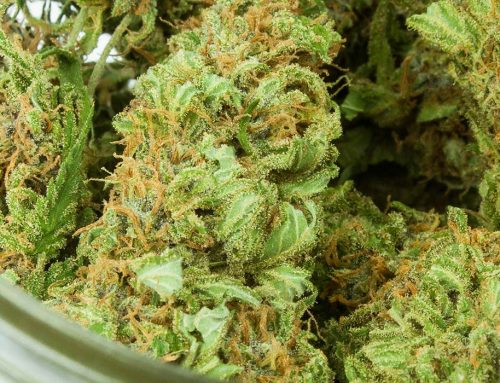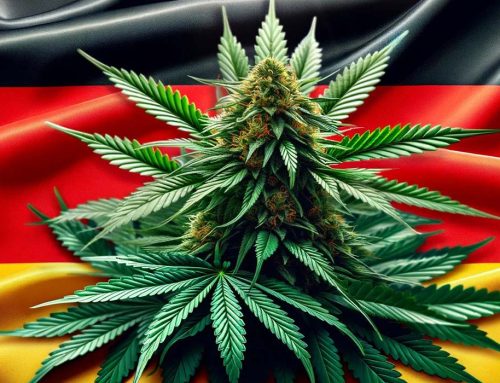In early May, Northwell Health, New York State’s largest healthcare provider, announced the results of a survey it had conducted among older adults who suffer from chronic pain. The survey revealed that the adults who used medical marijuana were better able to reduce their need for opioid painkillers.
The survey asked 138 medical marijuana users how effective medical marijuana was in managing their pain. The results were impressive. Twenty percent responded that medical marijuana helped them reduce opioid use “extremely” and 27 percent said that it helped “completely,” while 18 percent said that it helped them “moderately.” No less than 91 percent indicated that they would recommend medical marijuana to others in their situation.
Comments from those surveyed
According to Northwell’s press release, some of those surveyed also left positive comments. One patient wrote: “My quality of life has increased considerably since starting medical marijuana. I was on opiates for 15 years, and 6 months on marijuana, and off both completely.”
Another patient said that medical marijuana “has allowed me to function in my work and life again. It has not completely taken away the pain, but allows me to manage it.” A third wrote: “I was on Percocet and replaced it with medical marijuana. Thank you, thank you, thank you.” All of the patients had been suffering from chronic pain from such conditions as spinal stenosis, damaged hips and knees, and pain that was not relieved by steroid injections.
The survey’s author, Dr. Diana Martins-Welch, agrees with those surveyed that medical marijuana has demonstrated its effectiveness in helping those with chronic pain. She and other doctors she has talked to have heard from their patients that medical marijuana helps them reduce their opioid use. She recommends that medical marijuana be easier for people with chronic pain to obtain.
Because marijuana is illegal under federal law, insurance companies cannot pay for it, which leaves poorer patients with fewer options. Medical marijuana costs about $300 per month. The National Institute on Drug Abuse puts the cost of naltrexone at roughly $1,100 per month. Drugabuse.com puts the cost of one 20-milligram, legally obtained OxyContin pill per day at $240 per month, but everydayhealth.com puts that amount of consumption at the bottom end of the average range, which typically is closer 100 milligrams per day, or $1,200 per month.
Annual deaths from opioid overdoses are soaring
According to the Centers for Disease Control, approximately 42,000 people in the United States die each year from opioid overdose. CDC research also shows that in recent years, “States with statistically significant increases in drug overdose death rates included Connecticut, Delaware, Florida, Illinois, Indiana, Kentucky, Louisiana, Maine, Maryland, Massachusetts, Michigan, Minnesota, Missouri, New Jersey, New York, North Carolina, Ohio, Oklahoma, Pennsylvania, South Carolina, Tennessee, Texas, Vermont, Virginia, West Virginia, and Wisconsin.” The alarming charts below show steep and steady increases in deaths. On the other hand, studies have shown that opioid deaths have declined in states with legal medical marijuana. And according to the Drug Enforcement Agency, the federal agency tasked with enforcing federal marijuana law, “No death from overdose of marijuana has been reported.”


What do you think? Will medical marijuana gain greater support as the opioid crisis continues? Leave a comment below.






